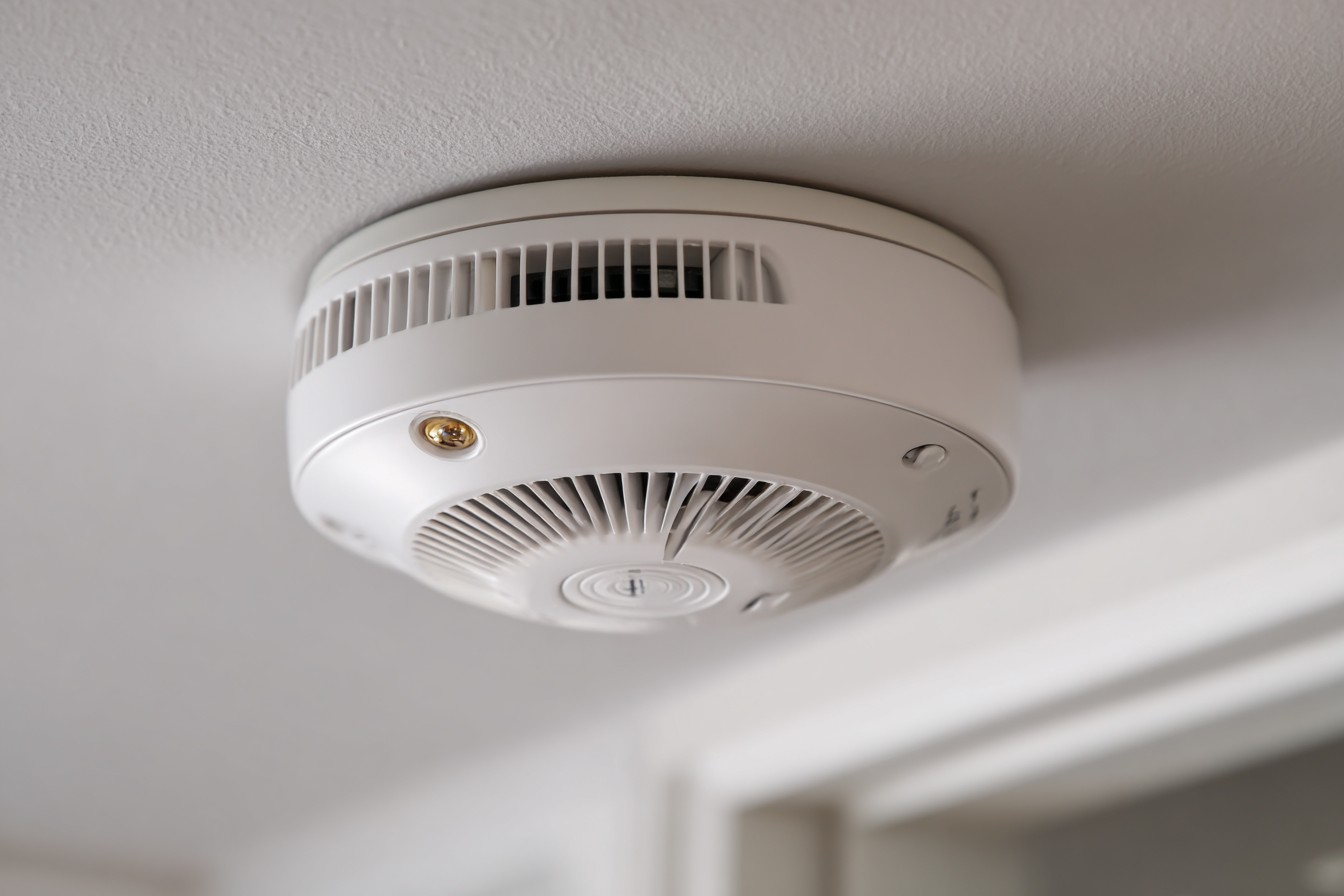Becoming a homeowner comes with a long list of to-dos, from unpacking boxes to choosing paint colors. But amid all the excitement, it’s easy to overlook the small home maintenance tasks that protect your investment and keep everything running smoothly. In fact, 65% of homeowners who experienced problems said those issues could have been prevented with proactive maintenance —meaning most expensive surprises are completely avoidable. The good news? Most of these tasks are simple once you know they exist, and checking them off regularly can save you from costly repairs later.
Inside the house

When you’re settling in, start with the basics. Interior maintenance tasks might not be glamorous, but they go a long way toward comfort and efficiency.
Change your HVAC filters. This quick swap improves air quality and helps your system work efficiently. Aim to replace filters every one to three months, depending on usage and household size. If you have HVAC systems or heat pumps, schedule a professional inspection once a year to keep them running efficiently.
Clean your dryer vent. Lint buildup is a major fire hazard and can make your dryer less effective. Detach the vent hose and vacuum it out at least twice a year.
Vacuum refrigerator coils. Dusty coils make your fridge work harder to stay cool. Pull the appliance away from the wall and gently vacuum the coils every six months.
Re-caulk around tubs, sinks, and door frames. Over time, caulk can crack or peel, allowing moisture to seep into walls or flooring. A small touch-up can prevent costly water damage later.
Test smoke and carbon monoxide detectors. Press the test button monthly and replace batteries once a year to keep your home safe.
Check ceiling fans and light fixtures. Wipe off dust and replace any burnt-out bulbs to keep rooms well-lit and energy efficient.
Plumbing and water systems
Water-related upkeep is one of the easiest areas for new homeowners to forget—until a problem appears. A few small checks can help prevent leaks, water damage, and costly repairs.
Inspect for signs of leaks. Look under sinks, behind toilets, and around water-using fixtures like dishwashers, washing machines, or even a water softener system. Even slow drips can waste water and lead to mold.
Flush your water heater annually. This removes built-up sediment that can reduce efficiency and shorten the unit’s lifespan. If your home has a flow monitoring system or water meter, check for spikes that could signal hidden leaks.
Check your pressure-regulating valve. If your water pressure feels unusually strong or weak, a quick adjustment or a water pressure test gauge can help identify issues before they damage plumbing.
Clean the garbage disposal. Grinding ice cubes or running a vinegar rinse every few weeks helps prevent odor and buildup.
Check outdoor spigots and irrigation system. After winter, inspect outdoor faucets, hose bibs, and irrigation lines for cracks or leaks.
If you ever notice persistent leaks, low water pressure, or recurring drain issues, it’s time to call a professional plumber. They can diagnose hidden problems and help ensure your plumbing system runs smoothly year-round.
Exterior upkeep
The outside of your home needs just as much attention as the inside. A few seasonal habits can prevent small issues from turning into expensive fixes.
Clean gutters and downspouts. Clogged gutters cause water to pool around your foundation, leading to erosion or basement leaks. Clear them twice a year—more often if you have trees nearby.
Inspect your roof. Look for missing shingles or visible wear, especially after heavy storms. Catching damage early can save thousands in repairs.
Seal windows and doors. Drafts can drive up energy bills. Check weather stripping and use caulk or foam sealant to close small gaps. Adding a door sweep to exterior doors can help block cold air during the colder months.
Trim trees and shrubs. Keep branches from scraping siding or blocking gutters. This also helps prevent pests from using foliage as a bridge into your home.
Check exterior paint and siding. Peeling paint isn’t just an eyesore—it exposes wood to moisture and rot. Regular touch-ups protect your home’s structure and curb appeal. Watch for signs of damage such as cracks, loose boards, or rot.
Protect outdoor furniture and tools. Store patio sets, lawn equipment, and your lawnmower in a dry place during the off-season. Use a pool cover if you have one to keep debris out and extend the pool’s lifespan. Keep ice melt handy for slippery walkways in winter.
Safety and prevention

Some of the most overlooked maintenance tasks are also the simplest. Making these part of your routine helps protect your home and family.
Inspect fire extinguishers. Make sure they’re accessible and charged. Replace or recharge as needed.
Clean bathroom exhaust fans. Dust and lint buildup make fans less effective at reducing humidity, which can lead to mold.
Replace weather stripping. If you feel drafts near doors or windows, new stripping can make your home more comfortable and efficient.
Schedule pest inspections. Termites, ants, and rodents can cause serious damage if left unchecked. Annual inspections are an easy preventive step, and being alert to signs of pests—like droppings or chewed materials—can help you act early.
Review your home security setup. Test alarms, motion sensors, and your security system regularly to ensure everything is working properly. If you don’t have one, consider adding a basic home security package for peace of mind.
Build good habits early with home maintenance tasks
Owning a home comes with a learning curve, but small, consistent actions make a big difference. Setting reminders or creating a seasonal checklist helps keep these tasks manageable. Over time, these routines will feel second nature—and your home will thank you for it.
Staying proactive is the best way to protect your investment, save money on utility bills, and enjoy peace of mind in your new space. Mastering these home maintenance tasks new homeowners frequently forget will protect your investment and give you confidence as you settle into homeownership.

